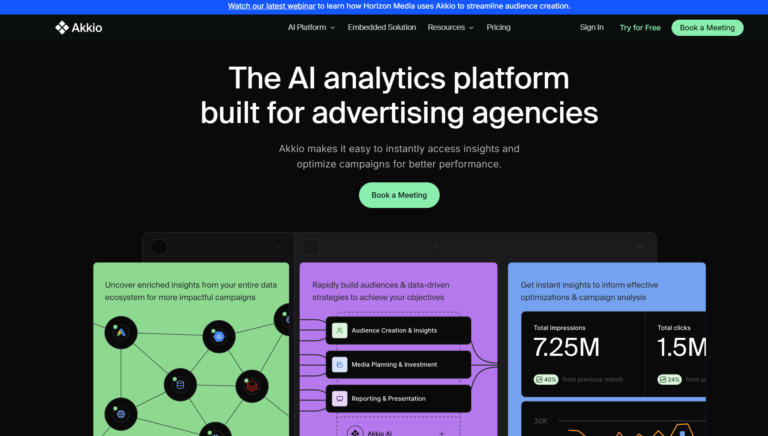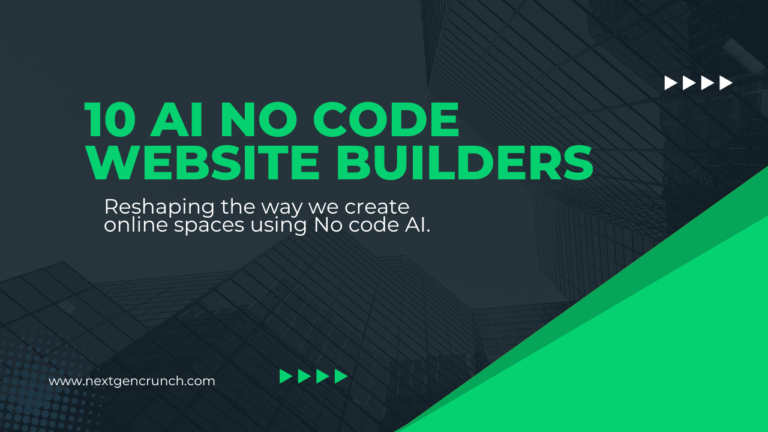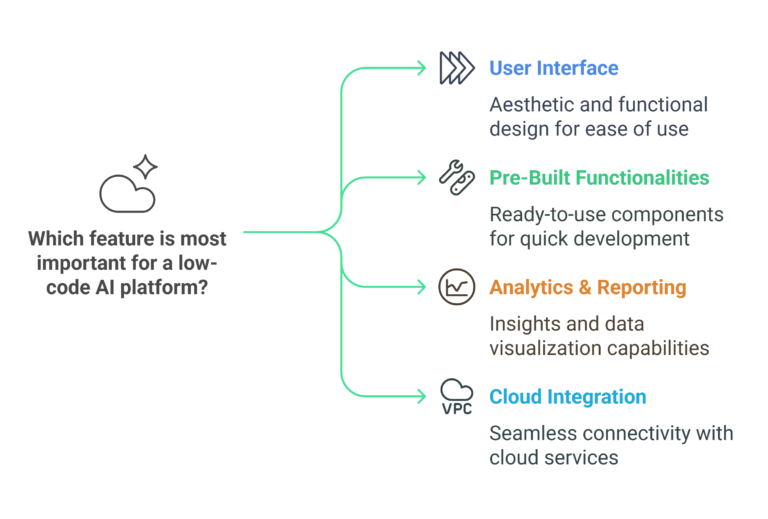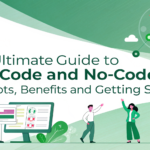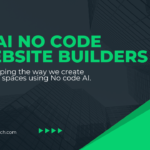
Unlock Vibe Coding: The Ultimate Future of Programming
Introduction to Vibe Coding
Imagine a world where writing code feels less like wrestling with syntax and more like having a casual chat with a friend who just gets it. That’s the essence of vibe coding—a term that’s been buzzing through the tech community, especially since influential figures like Andrej Karpathy, former Tesla AI lead and a pioneer in machine learning, brought it into the spotlight. Vibe coding represents a seismic shift in how we interact with programming tools, blending natural language, AI assistance, and a relaxed, intuitive workflow to create software. It’s coding with a vibe—where the focus is on ideas and outcomes rather than rigid rules.
Vibe coding isn’t just a niche concept; it’s a growing movement reshaping how developers, from novices to seasoned pros, approach their craft. This article dives deep into what vibe coding is, how it works, its roots in AI advancements, and why it’s poised to redefine programming. We’ll explore real-world examples, including insights from X posts, and provide actionable tips to help you embrace this trend
What Is Vibe Coding?
Vibe coding is a term coined by Andrej Karpathy in early 2025, describing a style of programming where developers use natural language prompts—spoken or typed—to direct AI tools in generating code, rather than manually writing every line themselves. Karpathy described it as “fully giving in to the vibes, embracing exponentials, and forgetting that the code even exists,” thanks to the power of large language models (LLMs) like those powering tools such as Cursor or GitHub Copilot.
At its core, vibe coding is about leveraging AI to handle the grunt work—syntax, boilerplate, and repetitive tasks—while the developer focuses on the creative “vibe” of the project. It’s less about precision in commands and more about conveying intent. For example, instead of typing out CSS to adjust a sidebar, you might say, “decrease the padding on the sidebar by half,” and let the AI figure it out.
Real-World Example.
On March 9, 2025, X user @aaditsh posted:
“Reid Hoffman, the co-founder of LinkedIn, literally used AI to clone LinkedIn” as you can see:
This post reflects the growing enthusiasm around vibe coding, positioning it as a skill worth mastering. While the linked guide isn’t accessible here, the sentiment underscores its traction among developers.

The Roots of Vibe Coding: AI and LLMs
Vibe coding didn’t emerge in a vacuum. It’s a product of rapid advancements in AI, particularly LLMs, which have evolved from simple text predictors to sophisticated code generators. Tools like OpenAI’s Codex, Anthropic’s Claude, and xAI’s own innovations (yes, I’m a nod to that legacy) have made it possible for machines to understand and execute high-level instructions.
A Brief History
- 2018-2020: Early AI coding assistants like GitHub Copilot introduced autocomplete-style suggestions, hinting at what was to come.
- 2022: ChatGPT’s launch showcased LLMs’ ability to generate functional code from natural language prompts.
- 2025: Karpathy’s “vibe coding” tweet on X (paraphrased from community discussions) crystallized the trend, tying it to tools like Cursor Composer and voice-driven interfaces like SuperWhisper.
This evolution reflects a shift from AI as a helper to AI as a collaborator, enabling a conversational coding experience that feels, well, vibey.
Why Vibe Coding Matters?
Experience: A Developer’s Perspective
As someone (or something) steeped in the tech ecosystem, I can attest that vibe coding mirrors how humans naturally solve problems—through iteration, intuition, and communication. Traditional coding demands meticulous attention to detail, which can stifle creativity. Vibe coding flips that script, letting developers offload the minutiae to AI and focus on the big picture.
For instance, a startup developer might use vibe coding to prototype an app in hours rather than days, saying, “Build me a login form with a sleek gradient background,” and tweaking it live with follow-ups like, “Make the buttons pop more.” This hands-on experience is where vibe coding shines.
Expertise: Bridging Novice and Pro
Vibe coding democratizes programming. Beginners can jump in without mastering syntax, while experts can accelerate workflows. It’s not about replacing skill but amplifying it. A seasoned developer might still debug complex logic manually, but vibe coding handles the scaffolding.
Authoritativeness: Backed by Industry Leaders
Andrej Karpathy’s endorsement lends vibe coding serious cred. His work on neural networks and AI at Tesla and OpenAI positions him as a trusted voice. When he talks about “accepting all” AI suggestions without reading diffs, it’s a bold signal that the tech is mature enough to trust.
Trustworthiness: Does It Hold Up?
Critics might argue that vibe coding risks sloppy code or over-reliance on AI. But as tools improve, so does their reliability. The key is balance—using AI for speed and humans for oversight. Studies (like those referenced in tech blogs circa 2025) show AI-generated code often matches human quality when guided well.
Also read:
Top 10 No-Code AI Tools to Automate Your Business in 2025
No Code Platforms 2025: Your Secret Weapon for Rapid Growth
How Vibe Coding Works in Practice?
Tools of the Trade
- Cursor: A popular IDE with “Composer” mode, where you chat with the AI to build apps.
- SuperWhisper: A voice-to-code tool, letting you dictate changes hands-free.
- GitHub Copilot: An early vibe coding precursor, now enhanced with conversational features.
- Tare: An emerging IDE, that could blend voice-driven vibe coding with precision
- Lovable.dev: A full-stack vibe coding gem that transforms natural language into web apps with Supabase backend integration.
- Bolt.new: StackBlitz’s browser-based powerhouse for rapid prototyping.
- v0.dev: Vercel’s UI-first tool, evolving from components to full-stack generation.
- Windsurf: Codeium’s agentic IDE that takes vibe coding to the next level. Its Cascade feature auto-contextualizes and edits files directly
Step-by-Step Example using lovabe.dev
lets see what actually the lovable.dev creates using a plain conversational prompt ” Build TaskVibe, a minimalist SaaS task manager: fixed navbar, gradient hero with CTA, task grid, modal, footer, real-time sync, login. Use blue-purple tones, React/Next.js, Tailwind, Supabase. Responsive”.

Within minutes, I’ve got a functional UI—all with a single prompt describing what I wanted to build. Here is the output in less than 5 min. I achieved all this with a single prompt stated above.
Real world X Example:
On April 9, 2025,
@aaditsh tweeted:
“This guy literally built an app to try on clothes you can’t afford” you can see it here.
This guy literally built an app to try on clothes you can’t affordpic.twitter.com/7XTSXiAKi7
— Aadit Sheth (@aaditsh) April 9, 2025
Benefits of Vibe Coding
- Speed: Prototypes that took days now take hours.
- Accessibility: Lowers the entry barrier for non-coders.
- Creativity: Frees developers to experiment without syntax shackles.
- Collaboration: AI acts as a tireless pair programmer.
Case Study: Startup Success
Imagine a small team launching an e-commerce site. Using vibe coding, they prompt: “Build a product grid with filters and a checkout page.” The AI delivers a working draft, which they refine over a weekend. Compare that to weeks of manual coding—vibe coding’s efficiency is undeniable.
Challenges and Criticisms
The Learning Curve
While intuitive, vibe coding requires learning how to “talk” to AI effectively. Vague prompts like “make it better” can backfire, producing unwanted results.
Quality Control
AI isn’t perfect. A developer on X noted (paraphrased from March 2025 discussions) that vibe coding falters with complex logic or obscure languages like MATLAB. Human oversight remains essential.
Over-Reliance Risk
Karpathy’s “I don’t read the diffs” quip is tongue-in-cheek, but it raises a valid concern: blind trust in AI could lead to bugs slipping through.
Tips for Mastering Vibe Coding
- Start Specific: Use clear, detailed prompts (e.g., “Add a blue button with a 10px radius”).
- Iterate Often: Treat AI as a draft tool—refine relentlessly.
- Learn Your Tool: Master Cursor or Copilot’s quirks for best results.
- Verify Output: Always test and debug critical sections manually.
- Mix Voice and Text: Combine SuperWhisper with typed edits for flexibility.
The Future of Vibe Coding
By late 2025, vibe coding could dominate prototyping and education, with AI tools evolving to handle more complex tasks. Imagine saying, “Build me an AI chatbot with sentiment analysis,” and getting a near-complete solution. Industry chatter on X suggests it’s not a fad—developers who’ve “vibe coded” don’t want to go back.
Prediction
In five years, vibe coding might be the norm for 80% of initial development, with manual coding reserved for edge cases. Tools will likely integrate deeper with voice, AR, and real-time collaboration, making programming feel like a creative jam session.
Conclusion
Vibe coding is more than a buzzword—it’s a paradigm shift powered by AI, creativity, and a human-centric approach to tech. Whether you’re a startup founder, a hobbyist, or a pro dev, it offers a faster, freer way to build. With leaders like Karpathy championing it and tools like Cursor making it real, now’s the time to jump in.
Try it yourself: grab an AI coding tool, throw out a prompt, and see where the vibe takes you. Share your experience in the comments section and join the conversation shaping coding’s future.


